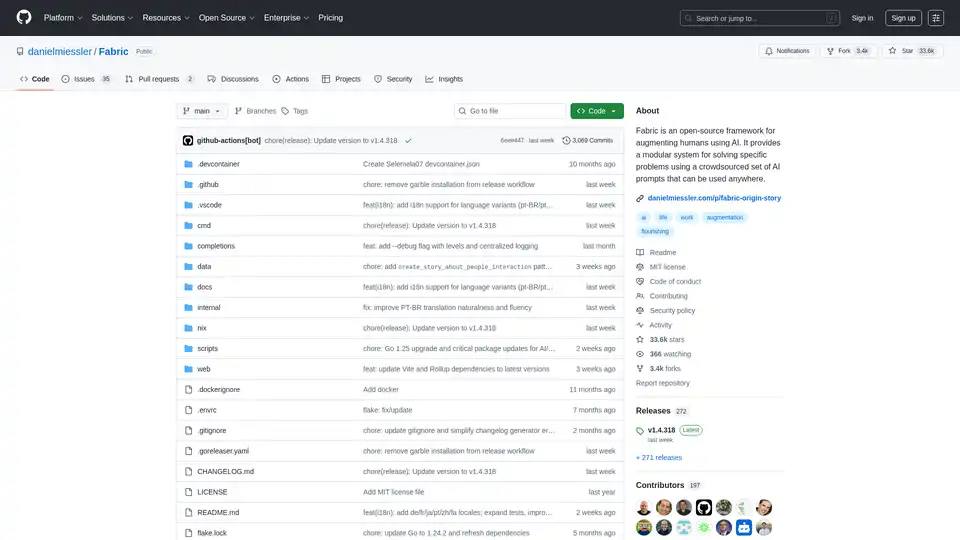Fabric
Overview of Fabric
What is Fabric?
Fabric is an innovative open-source framework designed to augment human capabilities using artificial intelligence. Created by Daniel Miessler in January 2024, Fabric addresses the fundamental integration problem that modern AI faces—while AI capabilities are rapidly advancing, effectively incorporating these capabilities into daily workflows remains challenging.
How Does Fabric Work?
Fabric operates through a system of modular patterns called "Patterns," which are essentially carefully crafted AI prompts organized by real-world tasks. These patterns serve as the fundamental building blocks for AI solutions, allowing users to:
- Collect and organize their most valuable AI prompts in a centralized location
- Share and crowdsource effective prompts from the community
- Integrate AI functionality into their favorite tools and workflows
- Use patterns directly through Fabric's command-line interface
Core Architecture
Fabric's architecture consists of:
- Patterns Directory: A structured collection of AI prompts organized by task type
- CLI Interface: Command-line tools for direct pattern execution
- Web Interface: GUI alternatives for non-technical users
- REST API: Programmatic access to Fabric's capabilities
- Custom Patterns Support: Private pattern creation and management
Key Features and Capabilities
Multi-Platform Support
Fabric supports various installation methods including:
- One-line install scripts for Unix/Linux/macOS and Windows
- Package managers (Homebrew, AUR, Winget)
- Docker containers
- Source code compilation
Extensive Pattern Library
Fabric includes patterns for numerous real-world applications:
- Content Analysis: Extract wisdom from YouTube videos and podcasts
- Writing Assistance: Essay writing with personalized voice
- Academic Support: Summarizing complex research papers
- Code Understanding: Explaining and documenting code
- Content Quality Assessment: Rating content relevance and quality
- Social Media: Creating posts from various content inputs
Advanced AI Integration
Recent major features include:
- Internationalization support for multiple languages
- Speech-to-text transcription capabilities
- AI reasoning and thinking configurations
- Extended context handling (up to 1 million tokens)
- Web search functionality integration
- Image generation support
- Text-to-speech conversion
Developer-Friendly Tools
- Shell completions for Zsh, Bash, and Fish
- Custom pattern creation and management
- REST API server for programmatic access
- Docker container support
- Cross-platform compatibility
Who is Fabric For?
Fabric serves a diverse range of users:
Developers and Technical Users
- AI engineers looking to integrate prompt management into their workflows
- Software developers seeking to incorporate AI capabilities into applications
- Command-line enthusiasts who prefer terminal-based AI interactions
Content Creators and Researchers
- Writers and bloggers needing AI-assisted content creation
- Researchers requiring academic paper summarization and analysis
- Content analysts extracting insights from various media formats
Business Professionals
- Marketers creating social media content and campaigns
- Business analysts processing and summarizing large documents
- Project managers organizing and analyzing team communications
Educational Users
- Students needing assistance with research and writing
- Educators creating teaching materials and assessments
- Lifelong learners exploring AI capabilities for personal growth
Practical Applications and Use Cases
Daily Workflow Integration
Fabric enables users to seamlessly integrate AI into their daily routines through:
- Command-line aliases for quick pattern execution
- Clipboard integration for instant content processing
- File output options for saving results in markdown format
- YouTube video processing for transcript analysis
Custom Solution Development
Users can create tailored AI solutions by:
- Developing custom patterns for specific needs
- Chaining multiple patterns for complex workflows
- Integrating with existing tools through API access
- Sharing effective patterns with the community
Enterprise Applications
Organizations can leverage Fabric for:
- Standardized AI prompt management across teams
- Quality-controlled AI interactions
- Custom AI workflow development
- Knowledge extraction and summarization
Installation and Setup
Quick Installation
For most users, the one-line install is recommended:
## Unix/Linux/macOS
curl -fsSL https://raw.githubusercontent.com/danielmiessler/fabric/main/scripts/installer/install.sh | bash
## Windows PowerShell
iwr -useb https://raw.githubusercontent.com/danielmiessler/fabric/main/scripts/installer/install.ps1 | iex
Advanced Setup Options
- Manual binary downloads from GitHub releases
- Package manager installations (Homebrew, AUR, Winget)
- Source code compilation with Go
- Docker container deployment
Why Choose Fabric?
Integration Solution
Fabric specifically addresses the AI integration problem by providing:
- Unified interface for multiple AI capabilities
- Consistent pattern management across different AI models
- Workflow-friendly design that fits existing habits
Community-Driven Development
As an open-source project, Fabric benefits from:
- Continuous improvement through community contributions
- Diverse pattern collection from global users
- Transparent development process
- Rapid feature evolution based on user feedback
Flexibility and Extensibility
Fabric's modular design allows for:
- Custom pattern development without affecting core functionality
- Multiple interface options (CLI, web, API)
- Cross-platform compatibility
- Easy updates and maintenance
Getting Started with Fabric
Basic Usage Examples
## Summarize content from clipboard
pbpaste | fabric --pattern summarize
## Analyze claims in streaming mode
pbpaste | fabric --stream --pattern analyze_claims
## Extract wisdom from YouTube video
fabric -y "https://youtube.com/watch?v=example" --pattern extract_wisdom
Advanced Features
- Pattern variables for customized interactions
- Model-specific configurations for optimal performance
- Session management for continuous conversations
- Context preservation across multiple interactions
Fabric represents a significant step forward in making AI capabilities accessible and integrable for everyday use. By focusing on the fundamental units of AI interaction—the prompts themselves—Fabric provides a practical framework for harnessing AI's potential to augment human capabilities across various domains and applications.
Best Alternative Tools to "Fabric"
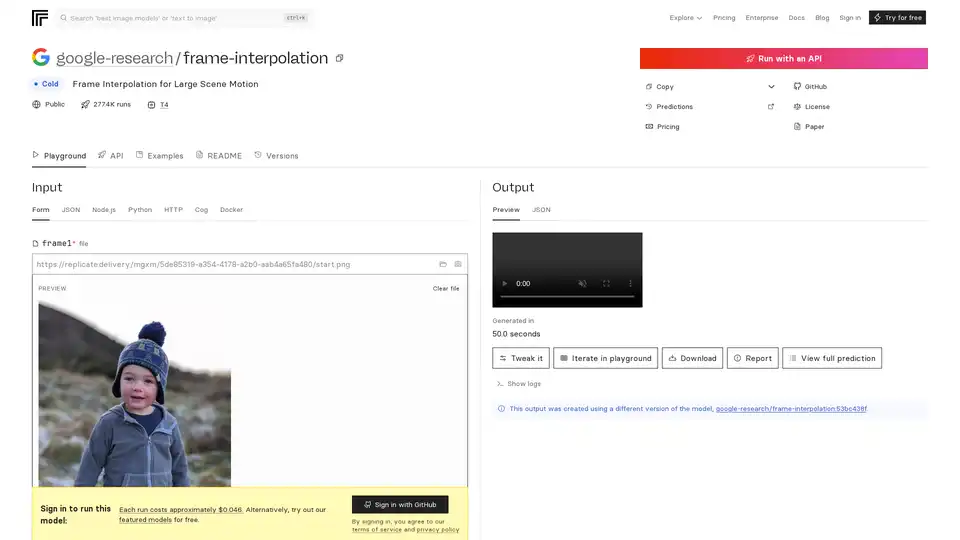
FILM is Google's advanced AI model for frame interpolation, enabling smooth video generation from two input frames even with large scene motion. Achieve state-of-the-art results without extra networks like optical flow.
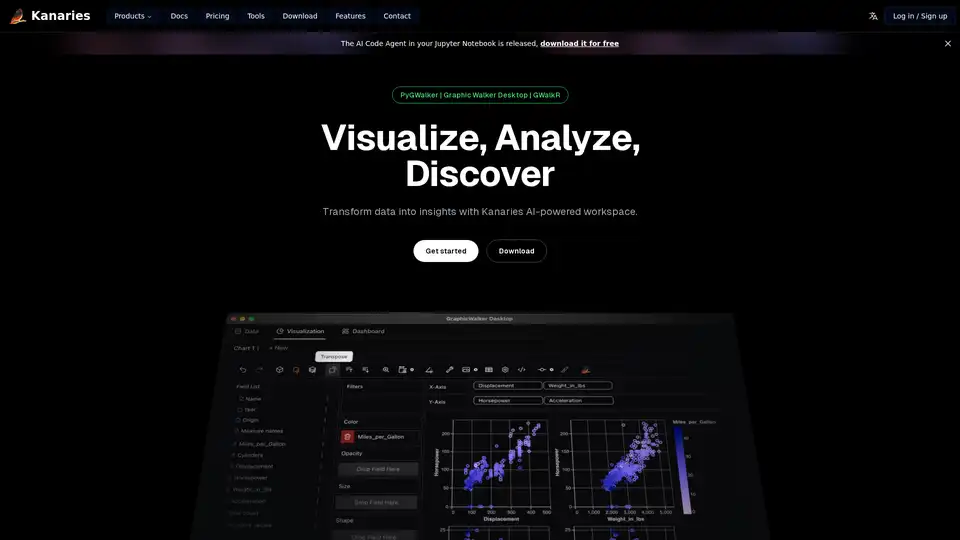
Make exploratory data analysis (EDA) easier with AI powered visual analytics. Discover, Analyze and Share data insights with ease.
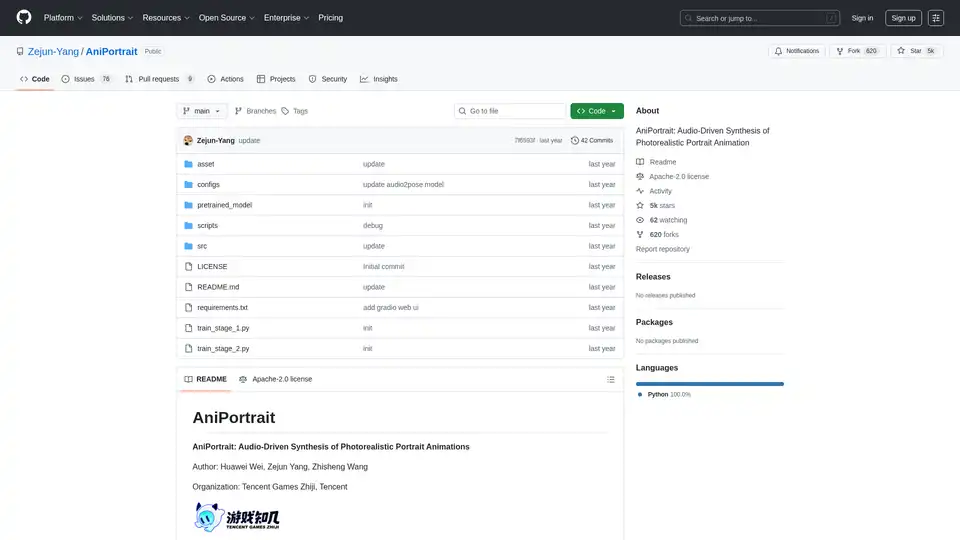
AniPortrait is an open-source AI framework for generating photorealistic portrait animations driven by audio or video inputs. It supports self-driven, face reenactment, and audio-driven modes for high-quality video synthesis.
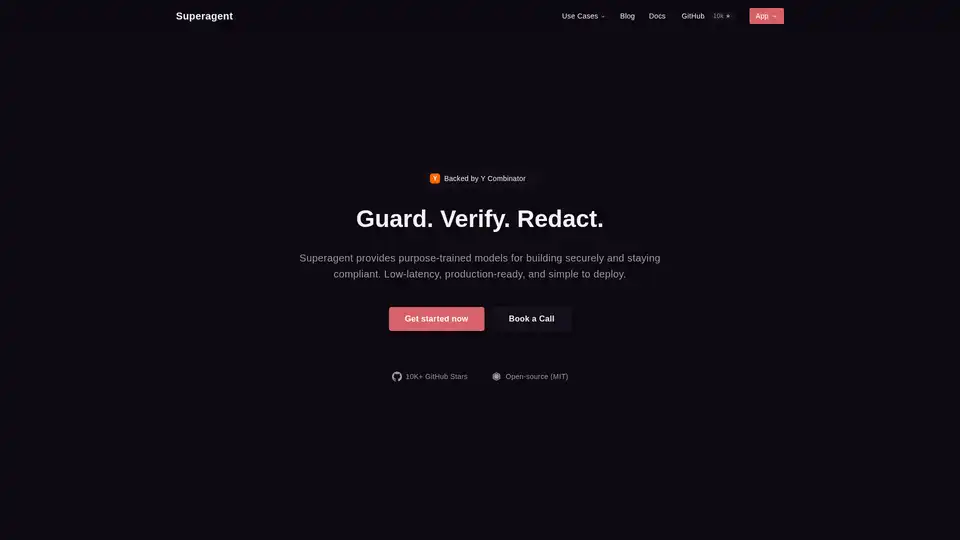
Superagent provides runtime protection for AI agents with purpose-trained models. It guards against attacks, verifies outputs, and redacts sensitive data in real time, ensuring security and compliance.
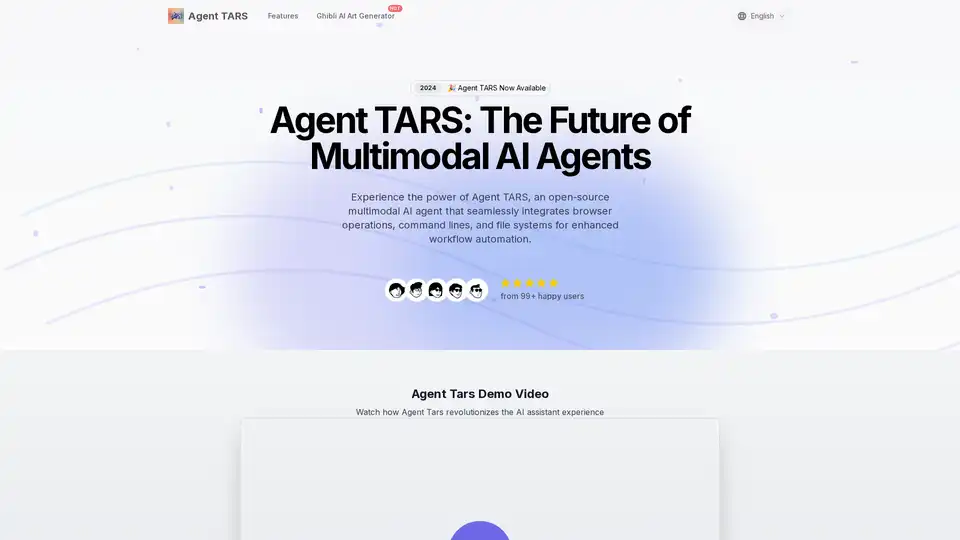
Agent TARS is an open-source multimodal AI agent that seamlessly integrates browser operations, command lines, and file systems for enhanced workflow automation. Experience advanced visual interpretation and sophisticated reasoning for efficient task handling.
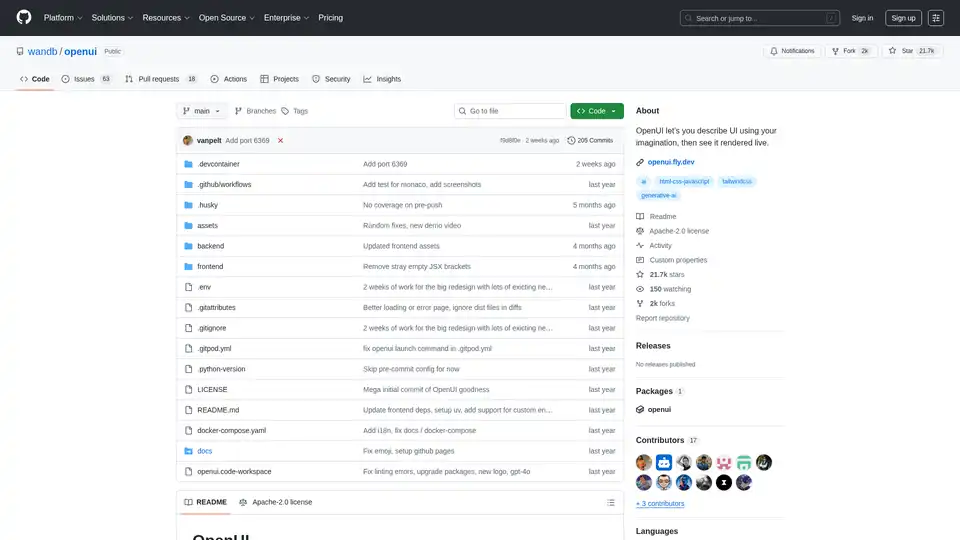
OpenUI is an open-source tool that lets you describe UI components in natural language and renders them live using LLMs. Convert descriptions to HTML, React, or Svelte for fast prototyping.
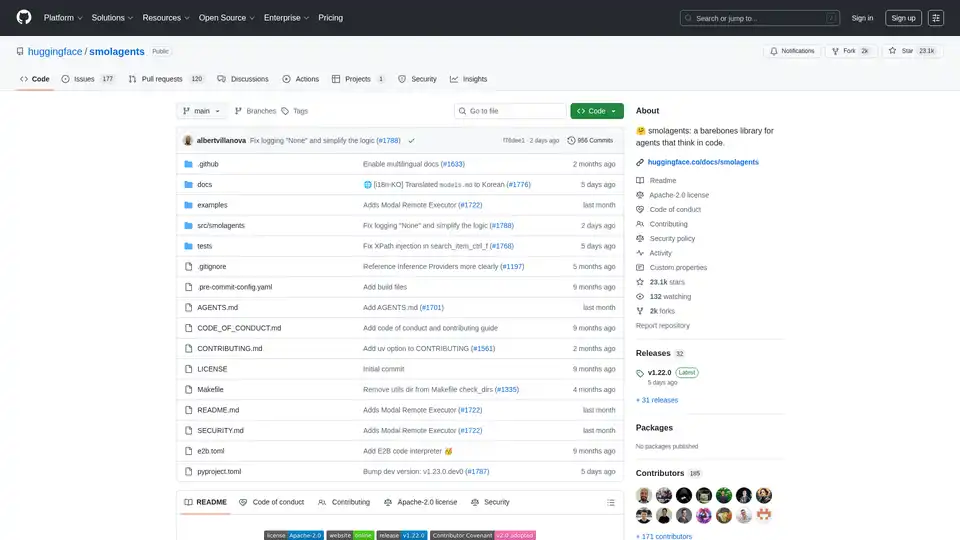
Smolagents is a minimalistic Python library for creating AI agents that reason and act through code. It supports LLM-agnostic models, secure sandboxes, and seamless Hugging Face Hub integration for efficient, code-based agent workflows.
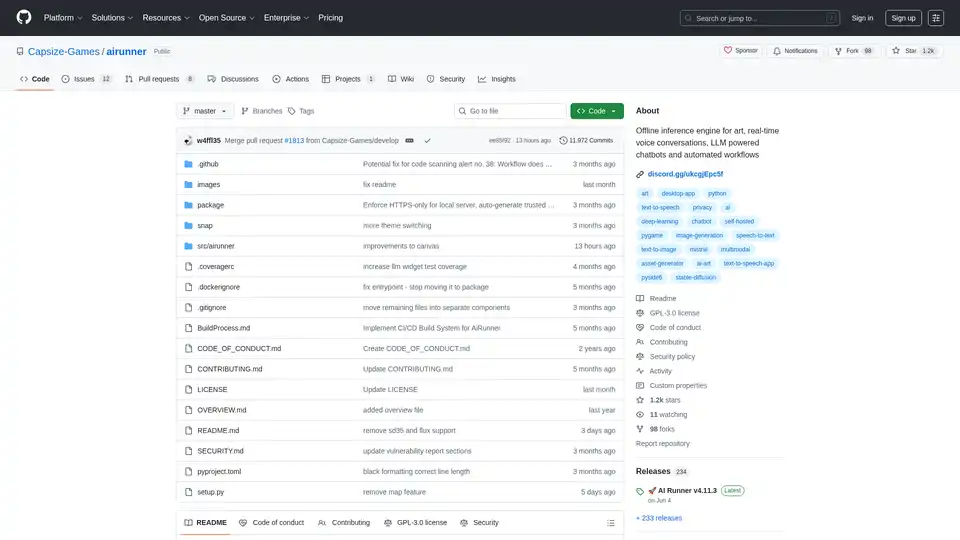
AI Runner is an offline AI inference engine for art, real-time voice conversations, LLM-powered chatbots, and automated workflows. Run image generation, voice chat, and more locally!
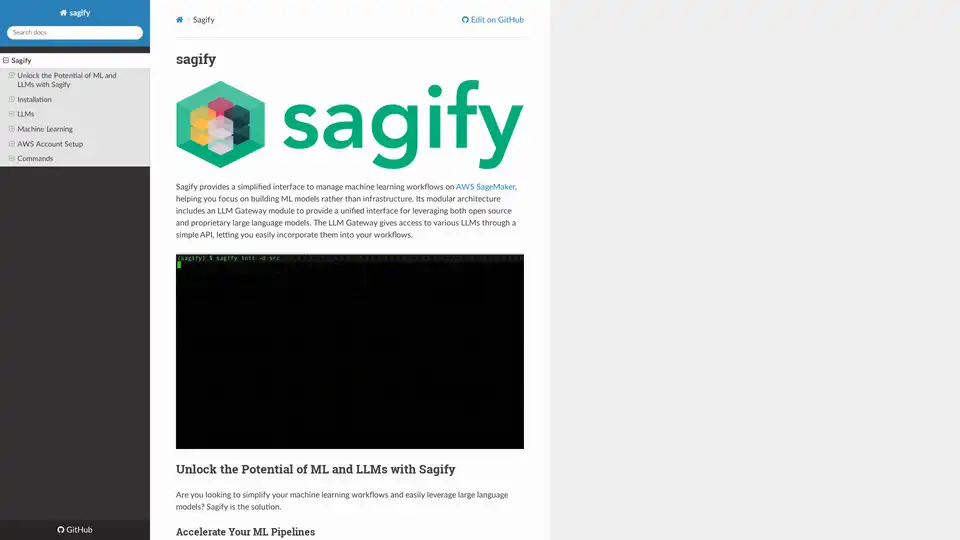
Sagify is an open-source Python tool that streamlines machine learning pipelines on AWS SageMaker, offering a unified LLM Gateway for seamless integration of proprietary and open-source large language models to boost productivity.
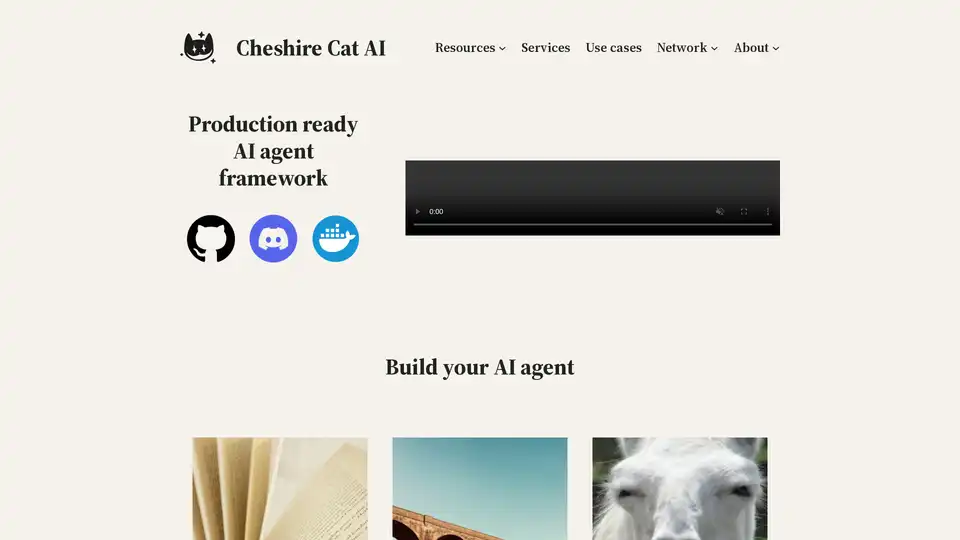
Cheshire Cat AI is an open-source framework that simplifies building AI agents. It supports LLMs, external APIs, and plugins, all within a Dockerized environment for easy deployment and customization.
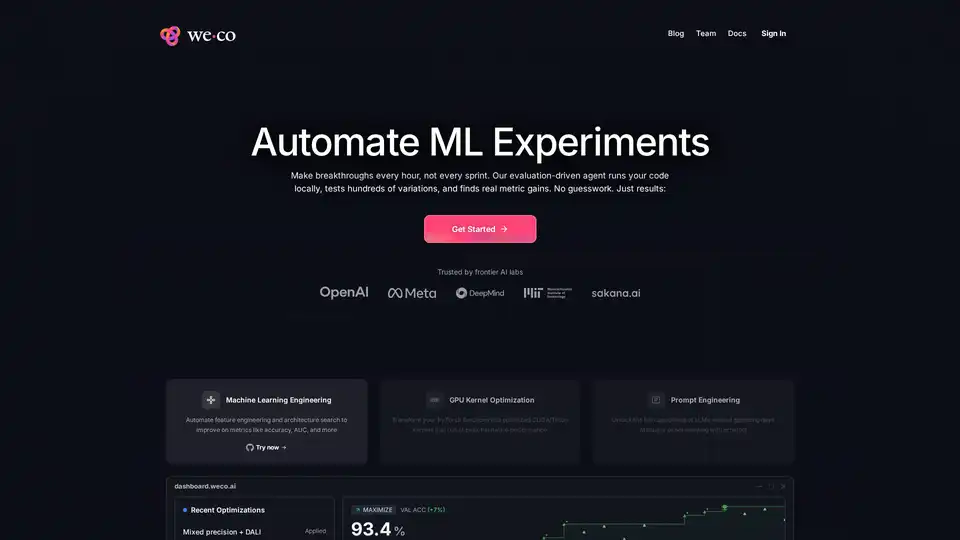
Weco AI automates machine learning experiments using AIDE ML technology, optimizing ML pipelines through AI-driven code evaluation and systematic experimentation for improved accuracy and performance metrics.
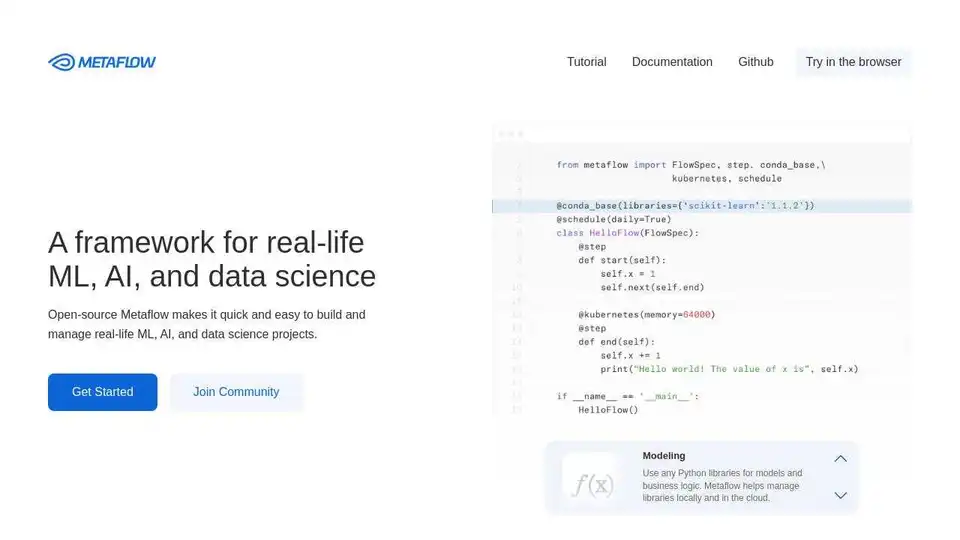
Metaflow is an open-source framework by Netflix for building and managing real-life ML, AI, and data science projects. Scale workflows, track experiments, and deploy to production easily.
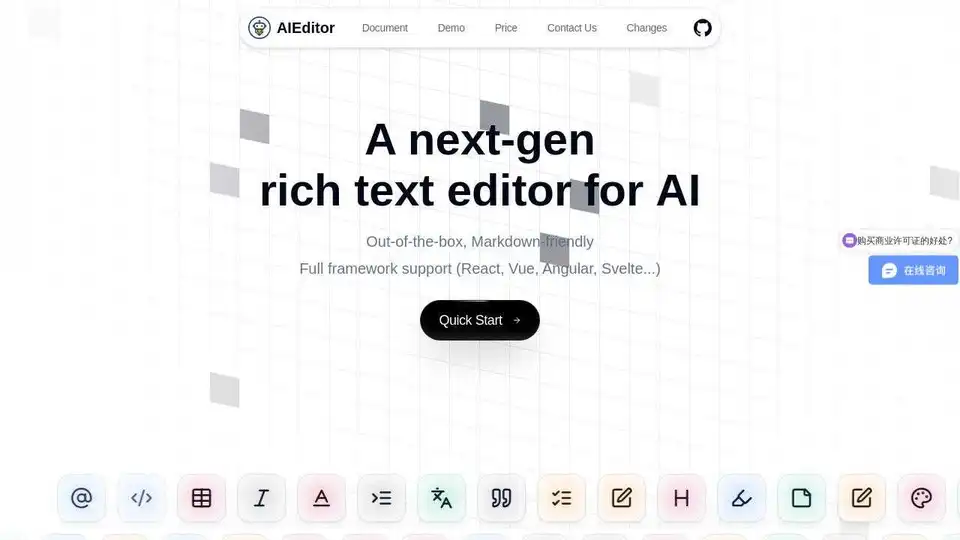
AIEditor is a next-generation, open-source rich text editor for AI, offering markdown support, full framework compatibility, and powerful AI capabilities like translation and code block interpretation.
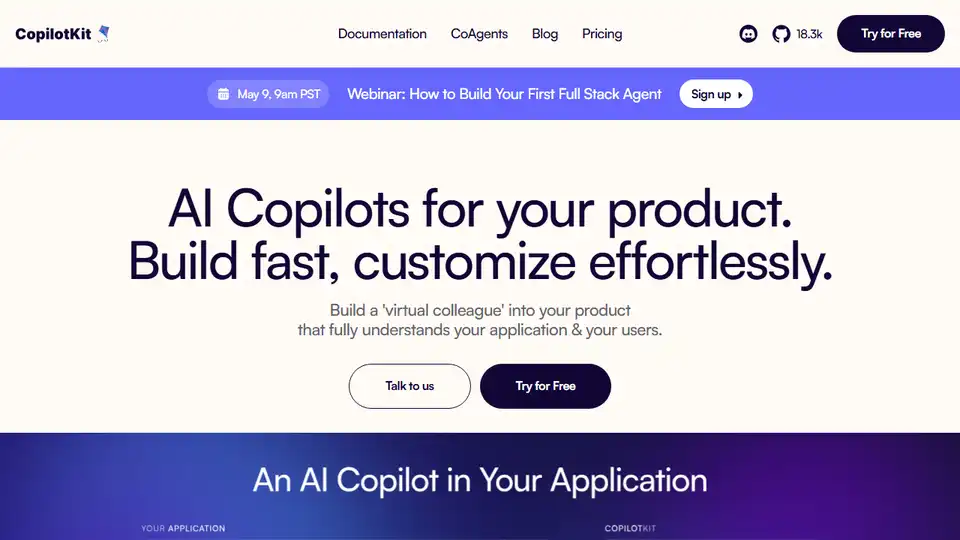
CopilotKit: Build AI copilots that feel native to your app. Integrate LLMs or agents with real-time context, UI control, and full flexibility.
